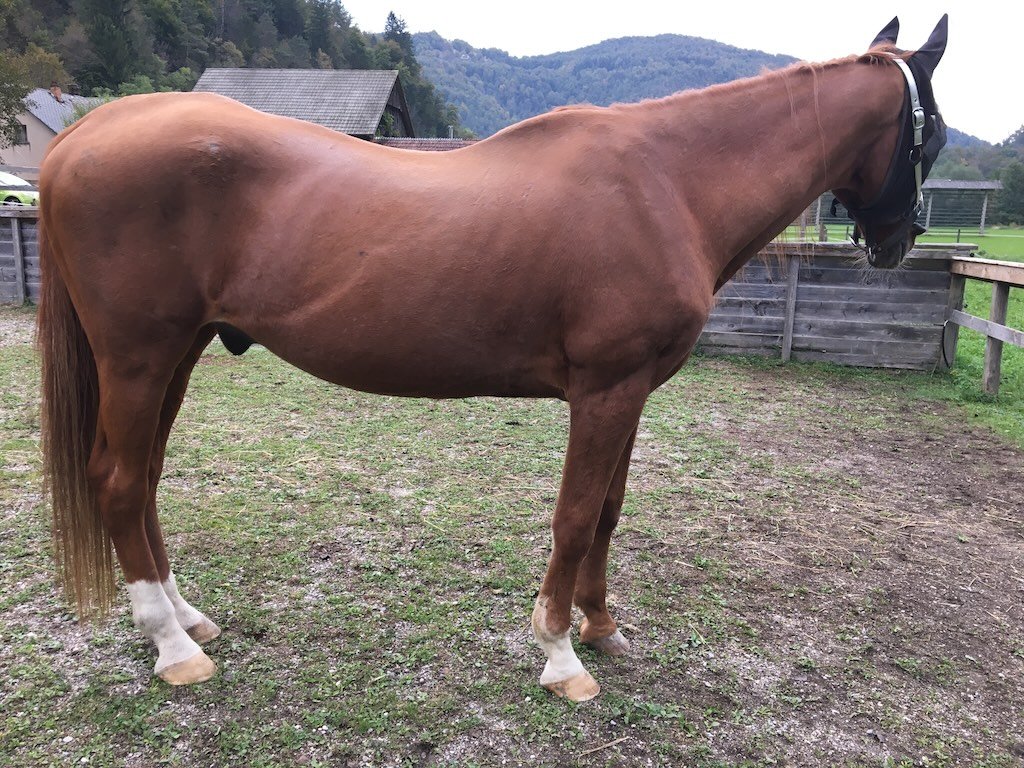When addressing the body, address the feet too!
The feet impact the body and the body impacts the feet. When dealing with dysfunction, it is crucial to address both.
Hoof imbalance will always negatively impact the upper body.
The feet impact the body and the body impacts the feet. When dealing with dysfunction, it is crucial to address both.
The old saying says »no hoof, no horse« and it still holds true today. While we tend to look at the horse's body and his feet as two different subjects, they are both equally important for the horse's ability to feel good in his body and carry a rider without it being harmful.
Hoof balance (or a lack of it) will impact how the horse uses the rest of his body and will inevitably show up in the horse's muscle development. And vice versa. This means you can have the best bodyworker in the world, but if the feet aren't addressed, there will be a hard limit to how much the horse can develop. Same with hoof care providers. You can have the best trimmer or farrier, but if the horse struggles with tightness in his upper body, it will be difficult or even impossible to get the feet balanced. If we want to be successful, we need to be able to look at the feet and the body as one continuous system.
A very common front end dysfunction scenario.
Although every horse is different, there are some very common scenarios out there in regards to body and hoof dysfunction. In the front end, we often see toes that are too long and underrun heels. This might cause a horse to stand too far backward with his front feet, which is not a neutral posture. What this means is that it will take more muscular effort for the horse to stand like that, than it would to stand with his legs perpendicular to the ground. Too much muscular effort creates tight fascia and limits the range of movement. These horses will often have a weak thoracic sling, an overdeveloped lower neck muscle (m. brachiocephalicus) and a dip in front of the withers. In order to remedy the situation, we need to both address the hoof balance, release the tightness in the fascia as well as strengthen the thoracic sling. It takes a multi-pronged approach.
We often see a similar situation in the hind legs. Horses with long toes and underrun heels (often close to a negative plantar angle), will stand camped under with their hind legs. This changes the orientation of the joints, negatively impacting the functioning of the stifle and the entire pelvic area. Because the biomechanics of the entire hind end is altered, we see uneven muscle development, issues with the patella and a tight lumbar area. Once again, simply addressing either the feet or the upper body will not be enough for a lasting change. We need to look at the whole picture.
A very common hind end dysfunction scenario.
These are just two very basic examples, and obviously this is not the situation for every horse, but hopefully they demonstrate just how tightly connected the hooves and the body are. If we want to be successful in caring for our horses, we need to have a team of equine professionals who can communicate with each other and build on each other's work.


